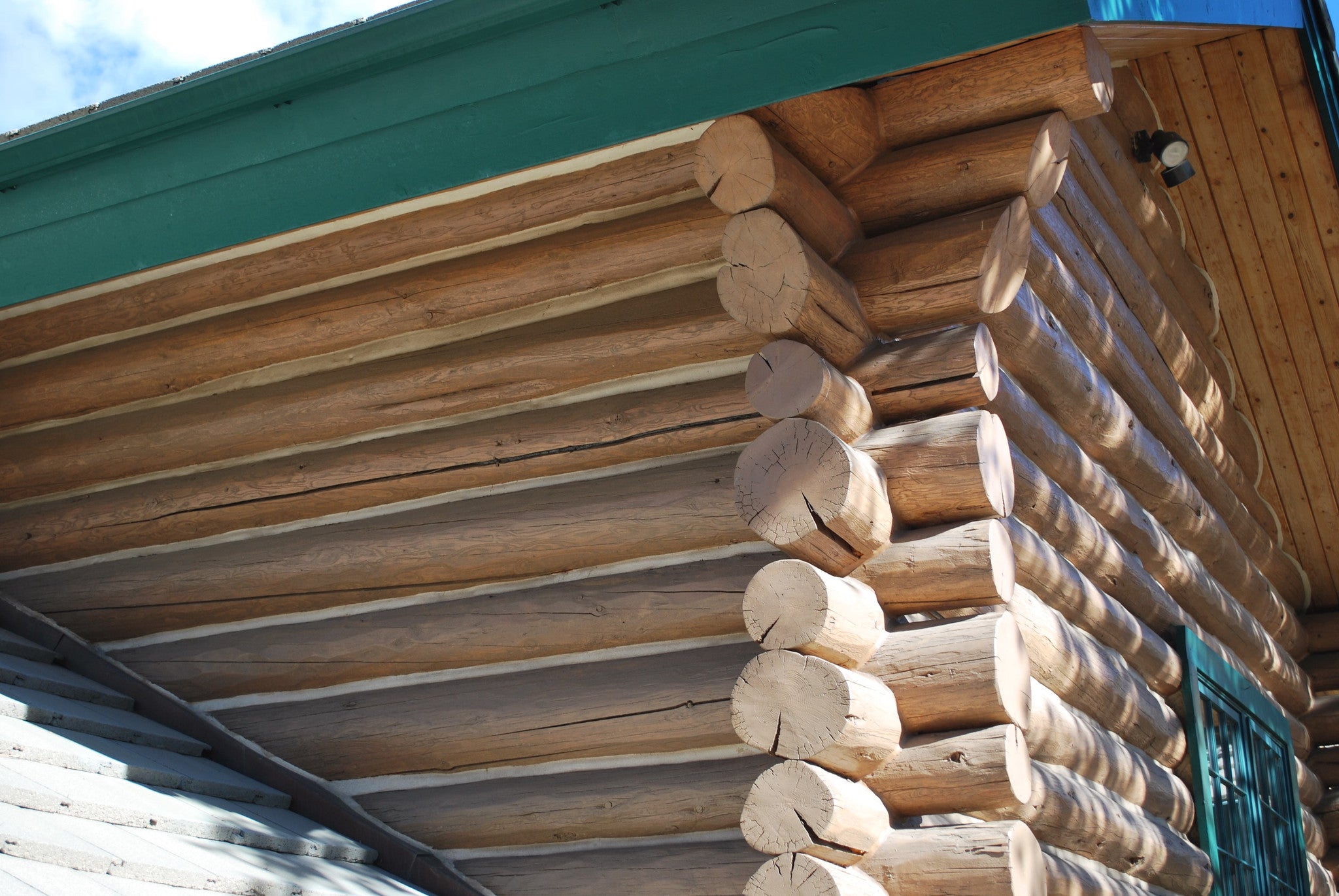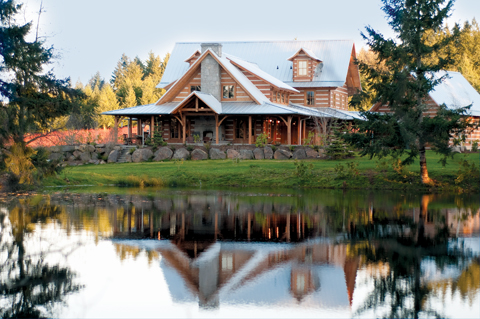
These ledges would allow a place for the daubing to “grab hold” and have a place to sit until fully dried or cured.ĭaubing, much like chinking, was formulated by what was common to the area. Once the chinking was tightly in place, the visible chinking would have rough surfaces or even little ledges created by the logs, wedges or stone. The chinking would be permanent, while the daubing was known as something that would have to be regularly maintained, repaired or replaced. So, the chinking was carefully placed in the spaces between the logs and wedged very tightly to prevent this material from falling out.

Chink cabin series#
““ chinking,” - as the mountaineers call the series of short slats which are set diagonally in the spaces between the logs of the walls, and on which the clay is thickly daubed.” These are placed so tightly at times we have to sledge hammer them out. Stones from creek beds were often wedged tightly in the log joints. Also found, were precise wood wedges that were probably split from short log cuts and split out with a froe and mallet. Things like log splits – or pieces of limbs and log breaks were wedged in between the logs – some of these pieces reaching 6 feet or more in length. Primarily the materials used were usually something that was common to the area or readily available to the craftsman. noun The material used for filling chinks.Īs antique log home restorers, we find many different materials placed in different fashions that our ancestors used as chinking.The double process is known as chinking and daubing. noun The process of filling the interstices between the logs of log houses preparatory to plastering them over with clay.Wordnik definition of chinking: From The Century Dictionary.

So, in reality, Perm-Chink should be called Perm-Daub. Chinking was actually the material that was placed between the logs, behind the Daubing. The original builders of log cabins called this outer “seal” “Daubing”. Chinking as we know it today are the materials used between logs that “seal” the gap between two logs.


 0 kommentar(er)
0 kommentar(er)
